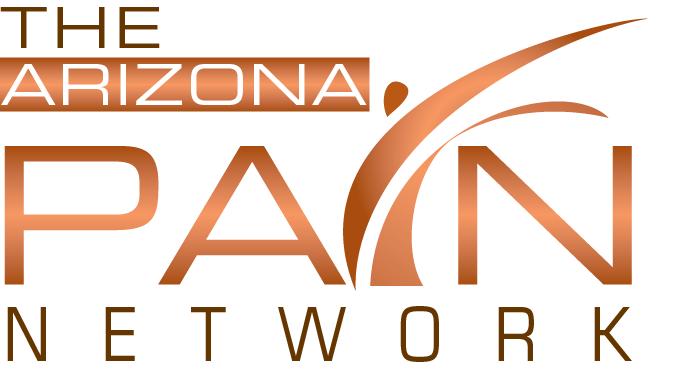What is a Sphenopalatine Ganglion Block?
This procedure is an injection of a numbing agent through the nostrils (one or both) or the cheek with either a needle or a simple applicator. The numbing agent works on the  ganglion area to provide pain relief for multiple head and facial pain conditions and is performed as an outpatient.
ganglion area to provide pain relief for multiple head and facial pain conditions and is performed as an outpatient.
The procedure entails low risks and is exceptionally well tolerated by patients.
What exactly is the sphenopalatine ganglion?
The definition of a ganglion is a “mass of nerves” and in the case of the sphenopalatine ganglion, represents a nerve bundle that reaches out to the lacrimal gland, paranasal sinuses, palate, and throughout the upper pharynx and nasal cavity. The location of the ganglion is in a bony cavity called the pterygopalatine fossa, which is deep in the midface and behind the nasal cavity.
Because of such a broad reach that the nerves from the SPG expand to, the ganglion plays a role in causing pain associated with acute and cluster headaches, trigeminal neuralgia, TMJ, RSD, facial pain, head and neck cancer, herpes zoster, and more.
For what conditions is an SPG block effective as a treatment?
A sphenopalatine ganglion block can help relieve pain from quite a broad array of head and face painful conditions including:
- Acute and Cluster Headaches
- Herpes zoster pain (shingles)

- Head and neck cancer pain
- Reflex Sympathetic Dystrophy (RSD)
- Complex Regional Pain Syndrome (CRPS)
- TMJ Pain (Temporomandibular Joint)
- Sluder’s Neuralgia
- Vasomotor rhinitis
- Atypical facial pain
Call (602) 507 – 6550 to schedule your Appointment TODAY!

How is the procedure performed?
There are multiple ways that pain management doctors perform an SPG block. The three most common are the transnasal, transoral, and latera (through the cheek)l approach. The transnasal (through the nostril) approach is the simplest and most common technique among the three.
For the topical method of a sphenopalatine ganglion block, the patient typically lays on his or her back with the neck extended, and gel lidocaine is placed in the nostril. The patient then “sniffs” and the gel will anesthetize the nasal cavity. At that point the pain doctor will slowly insert a sterile 10-cm cotton tipped applicator dipped in numbing medicine up against the nasopharynx and hold it there for 20 to 30 minutes.
doctor will slowly insert a sterile 10-cm cotton tipped applicator dipped in numbing medicine up against the nasopharynx and hold it there for 20 to 30 minutes.
If the pain doctor elects to perform the SPG block with an injection, the cheek will be numbed and the approach is made through the soft tissues using fluoroscopy (real time x-ray machine). Once the needle reaches the area around the SPG, numbing medicine is injected.
If the procedure provides excellent pain relief, it can be repeated every month or so, or the person can end up receiving an SPG radiofrequency ablation.
How well does a sphenopalatine nerve block procedure work?
Multiple studies have looked at the effectiveness of SPG blocks. Consistently, it has been shown to be an excellent procedure for acute and chronic facial and head pain. In 2009, Narouze et al showed that SPG radiofrequency ablation had very high satisfactory results for those with cluster headaches.
Additional studies looking at SPG blocks for head and neck cancer pain (Varghese et al), along with another study looking at SPG for chronic vasomotor rhinitis (Quevedo et al) showed the injections work really well for both. The pain relief was profound and patients needed much less narcotic medication.
In addition to the conditions mentioned, there is new research coming out frequently showing the benefits of SPG for the above indicated conditions. If you are experiencing any condition causing chronic headaches or facial pain, contact Arizona Pain Specialists for assistance.
What are the risks of an SPG block?
The risks of sphenopalatine ganglion nerve blocks are very low. With the topical procedure, patients may sustain a bitter taste in the mouth from dripping of the numbing agent down the oropharynx.
Injections maintain a slight risk of infection, along with a slight risk of a nose bleed or temporary lightheadedness.
Call (602) 507 – 6550 to schedule your Appointment TODAY!

![]()


 ganglion area to provide pain relief for multiple head and facial pain conditions and is performed as an outpatient.
ganglion area to provide pain relief for multiple head and facial pain conditions and is performed as an outpatient.
 doctor will slowly insert a sterile 10-cm cotton tipped applicator dipped in numbing medicine up against the nasopharynx and hold it there for 20 to 30 minutes.
doctor will slowly insert a sterile 10-cm cotton tipped applicator dipped in numbing medicine up against the nasopharynx and hold it there for 20 to 30 minutes.